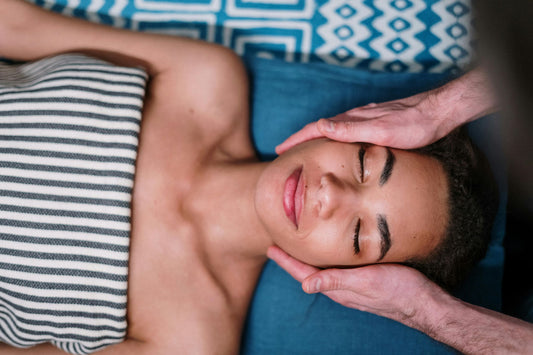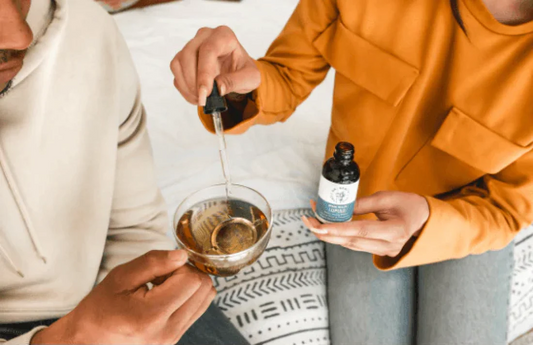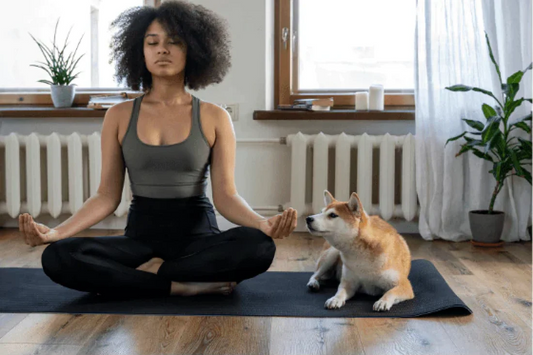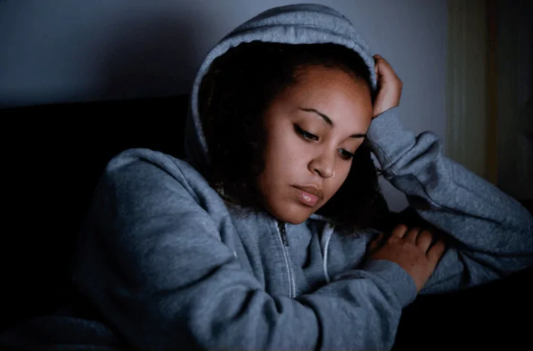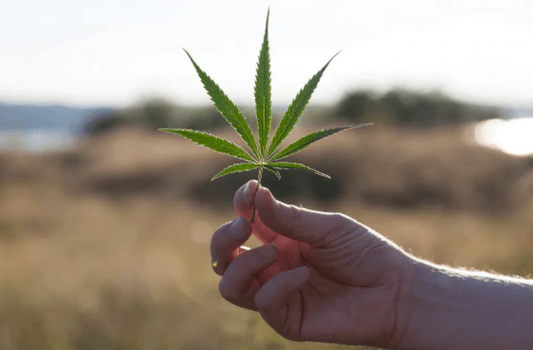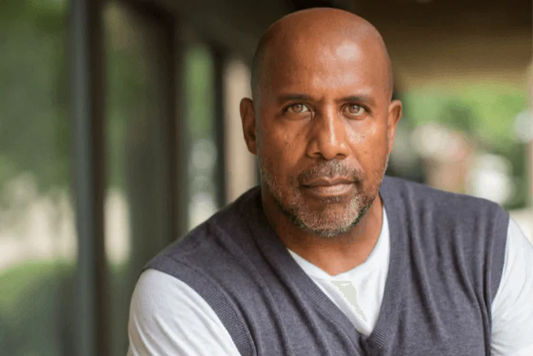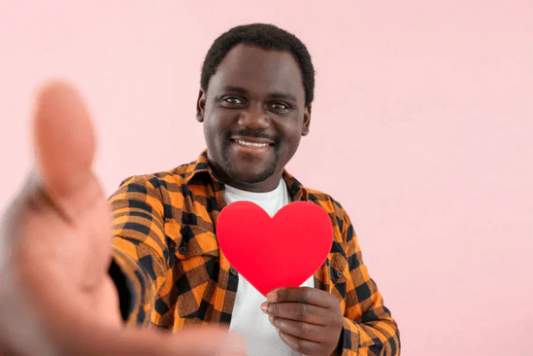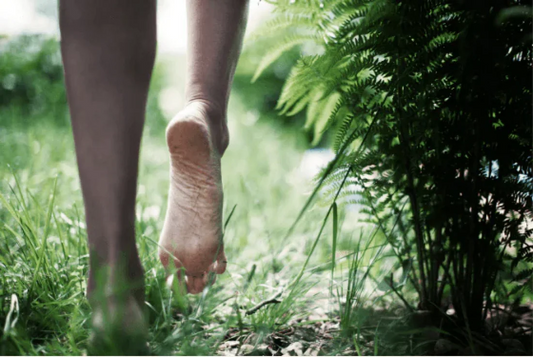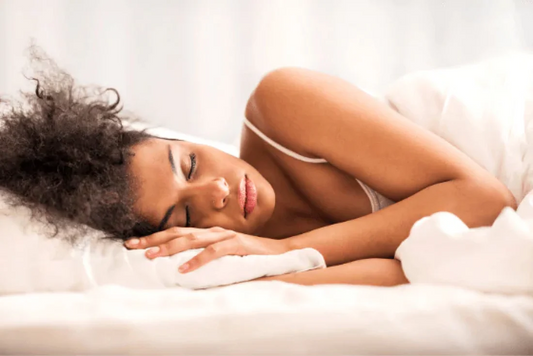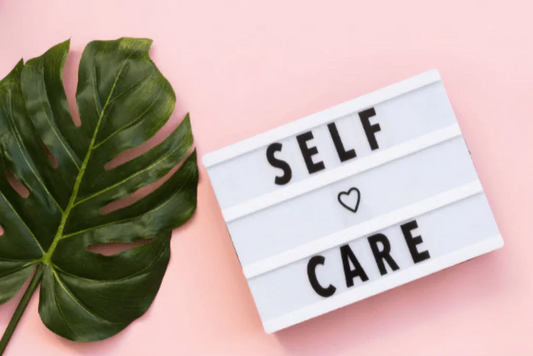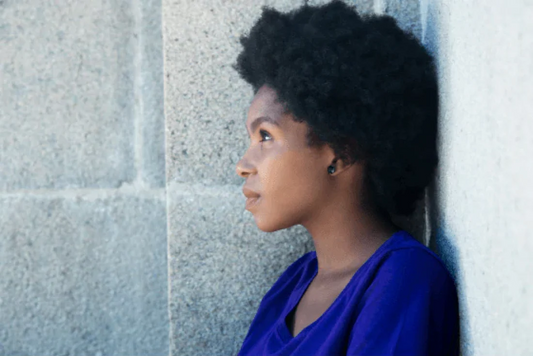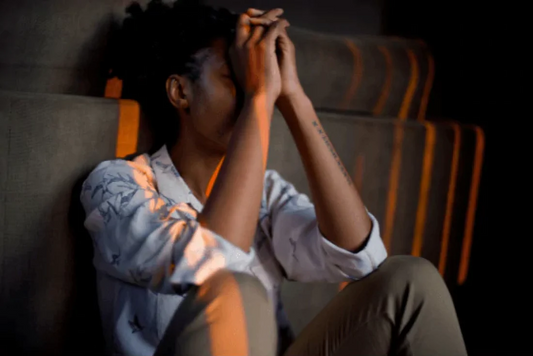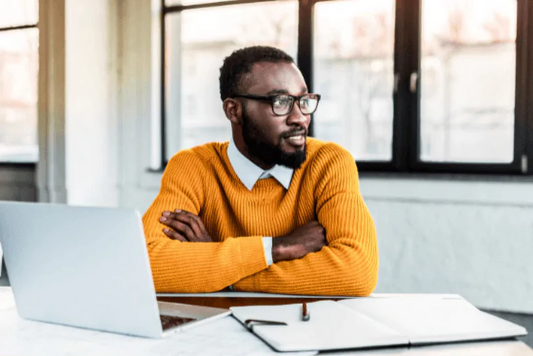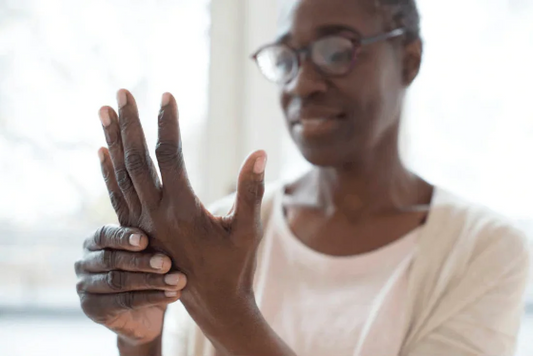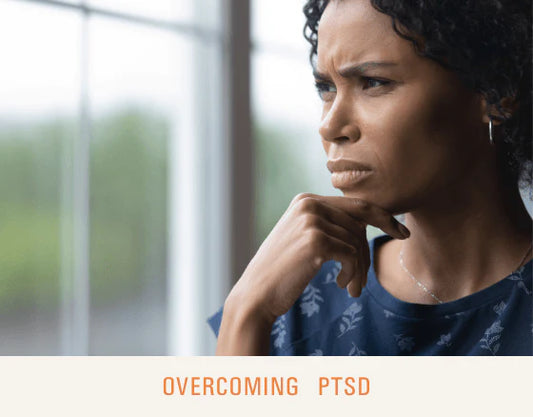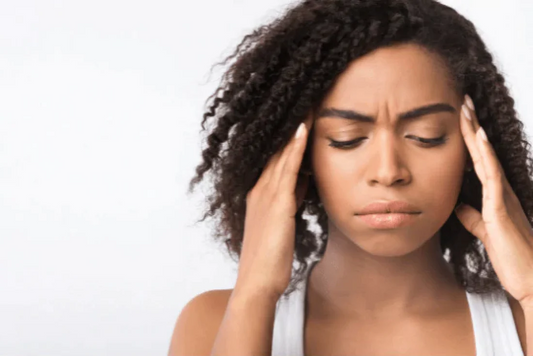Lower back pain seems to have a knack for kicking in just when you have a million things to do—fortunately, there are simple ways to ease the ache. Simple self-care measures like maintaining good posture, regular physical activity, and using heat or ice can be very effective. Here’s how to take control of your back health.
Causes of Lower Back Pain
Lower back pain is the leading cause of disability globally, with nearly 40% of adults in the U.S. experiencing back pain in a given year, according to the Centers for Disease Control and Prevention (CDC). The most common causes include:
- Muscle or ligament strain from heavy lifting or an awkward movement
- Bulging or ruptured discs
- Arthritis
- Spinal stenosis
- Skeletal irregularities like scoliosis, a curvature of the spine
- Osteoporosis
- Poor posture
- Sedentary lifestyle, leading to the weakening of spinal muscles
- Excess body weight, which puts extra stress on the lower back
Low-Back Pain Self-Care Tips
Managing lower back pain effectively starts with some simple self-care strategies that can be performed at home to alleviate discomfort and improve mobility.
Rest
Resting is crucial in the early stages of lower back pain, as it allows the tissues and nerves to start healing, reducing inflammation.
Avoid activities that aggravate the pain for the first couple of days. However, prolonged rest can lead to muscle weakness and worsen back pain, so transition to gentle activities as soon as you're able.
Ice and Heat
Heat therapy can increase blood flow and relieve tight muscles, while ice therapy can reduce swelling and inflammation and numb sharp pain.
For acute pain, apply ice or cold packs wrapped in a cloth to the affected area at 20 minute intervals throughout the day. After 48 hours, or for chronic pain, switch to a heating pad or a hot water bottle for 15 to 20 minutes at a time.
CBD
CBD products are increasingly recognized for their potential in helping relieve back pain. CBD, or cannabidiol, is a non-psychoactive compound found in cannabis that may help reduce inflammation and pain without the intoxicating effects of THC.
When applied as a cream, gel, or oil, CBD can interact with the body’s endocannabinoid system, which plays a role in regulating pain and inflammation. This interaction helps to decrease the pain signals in the body, providing pain relief. Additionally, CBD products enhance the effects of other natural compounds like serotonin.
Pro Tip: Mixing CBD Drops with Dr. Sebi's Eva Salve promotes faster and more concentrated relief.
Move
Regular movement helps maintain back function and reduce stiffness. It promotes blood flow, which aids in the healing process. Stay active with gentle exercises like walking or swimming into your daily routine. Start slowly and gradually increase your activity level as your pain decreases.
Stretch
Stretching can improve flexibility, decrease stiffness, and strengthen the muscles that support the spine. Focus on gentle stretches for the lower back, hips, and legs, including:
- Knee-to-Chest Stretch: Lie on your back with both knees bent and your feet flat on the floor. Bring one knee to your chest, holding it with your hands while keeping the other foot flat on the floor. Hold the stretch for 15 to 30 seconds, then switch to the other knee.
- Pelvic Tilt: Lie on your back with knees bent, feet flat, and arms by your sides. Flatten your back against the floor by gently contracting your abdominal muscles and tilting your pelvis towards your heels. Hold for a few seconds and then return to the starting position. Repeat 10 to 15 times.
- Cat-Cow: Start on your hands and knees with your wrists under your shoulders and your knees under your hips. Inhale as you drop your belly toward the ground, lift your chin and chest, and gaze up toward the ceiling. Next, exhale as you draw your belly to your spine and round your back toward the ceiling like a cat.
Strengthen
Strengthening exercises help build the muscles that support your spine, helping prevent and relieve back pain. Perform exercises that target your core and lower back muscles, seeking guidance from a physiotherapist or a trained professional if you’re new to exercise.
- Bird-Dog: Start on your hands and knees with your wrists under your shoulders and your knees under your hips. Extend one arm forward and the opposite leg back, keeping both your arm and leg parallel to the floor. Hold this position for a few seconds, then return to the starting position and switch sides. Perform 10 to 12 reps on each side.
- Bridge: Lie on your back with knees bent and feet flat on the floor, hip-width apart. Push through your heels to lift your hips off the floor while keeping your back straight. Hold the position for a few seconds before slowly lowering your hips back to the floor. Repeat 10 to 15 times.
- Plank: Lie on your belly with your elbows on the floor underneath your shoulders. Press up so that you’re balancing on your forearms and toes, your body in a straight line from head to heels. Hold this position for 20-30 seconds, increasing the duration as your strength improves.
Massage
Massage therapy can help reduce muscle tension and spasms, which are common sources of pain and discomfort in lower back pain. Schedule sessions with a certified massage therapist who can apply techniques that are appropriate for your specific back issues.
Or, to perform a basic self-massage, use both hands to gently knead along both sides of your spine and the lower back area. Apply pressure in a circular motion or use long strokes. You can also use a tennis ball or a specially designed massage tool to apply more localized pressure, rolling it under your lower back while lying down to target deeper tissues.
Acupuncture
Acupuncture can stimulate nerves and muscles, releasing endorphins and other neurohumoral factors, thereby reducing pain.
An acupuncturist targeting lower back pain might focus on specific points along the meridians that run across the lower back and down the legs. These points are believed to stimulate the flow of Qi (energy) and blood in the area, reducing pain and inflammation.
Additionally, techniques such as cupping or electrical stimulation might be used to enhance the treatment's effectiveness and provide deeper relief.
Chiropractic Care
A chiropractor can help with lower back pain using spinal manipulation and adjustment techniques to improve spinal alignment and function. This can help to reduce nerve irritability and restore range of motion. They may also use mobilization, massage, and therapeutic exercises to complement the adjustments and enhance the healing process.
What Not to Do
When managing lower back pain, it's just as important to know what not to do as it is to follow beneficial practices. Certain actions can exacerbate your pain and even lead to more serious injury.
- Bending over from the waist to pick up objects or perform tasks like tying your shoes can strain your lower back. Instead, bend at the knees and keep your back straight to maintain proper alignment and reduce stress on your spine.
- Twisting movements can put your spine in a vulnerable position and aggravate existing pain. When turning, it's important to move your feet first and turn your entire body, rather than just twisting at the waist.
- High-impact activities that involve jumping, running, or other high-impact movements can jolt the spine and worsen lower back pain. Opt for low-impact exercises like walking, swimming, or cycling, which put less strain on your back.
- Poor posture puts uneven pressure on the spine. Keep your back straight and aligned, particularly when sitting for long periods. Invest in a chair that supports your lower back or use a lumbar pillow or rolled up towel for additional support.
When to See a Doctor
Consult your physician if:
- Your back pain persists for more than a few weeks despite self-care efforts.
- The pain is severe and debilitating, impacting your ability to perform daily activities.
- You experience symptoms that worsen over time, such as increasing weakness, numbness in your legs or feet, or loss of bladder or bowel control.
- Your back pain gets worse at night or occurs even when you are at rest.
- Your back pain is accompanied by fever, unexplained weight loss, or other unusual symptoms.
Frequently Asked Questions
1. Is it better to sit or lay down with lower back pain?
You generally find relief from lower back pain by lying down, rather than sitting, because it allows the spine to better distribute weight and reduce pressure on the spinal structures. When lying down, place a pillow or rolled up towel under your knees to maintain the natural curve of your spine.
2. How do you tell if lower back pain is due to a muscle or disc?
Pain caused by a muscle strain is usually localized, increases with movement, and is associated with muscle spasms, whereas disc-related pain often radiates to other parts of the body, such as down the leg in sciatica, and may worsen with actions like coughing or sneezing.
3. How can you decompress the lower back?
Decompress the lower back by stretching gently, using a decompression table, or practicing yoga poses that elongate and relieve pressure on the spine. These methods can help increase the space between the vertebrae, alleviating compression.

